Palikir is the capital of the Federated States of Micronesia (FSM). Palikir is the nation’s political center and a hub of culture and commerce.
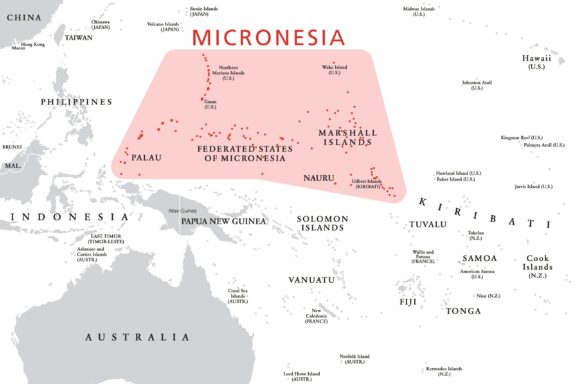
Surrounded by lush greenery and mountainous terrains, the city features a rich blend of local traditions and modern influences. It serves as the seat of the FSM’s national government and is home to many government buildings, schools, and landmarks.
Where is Palikir?
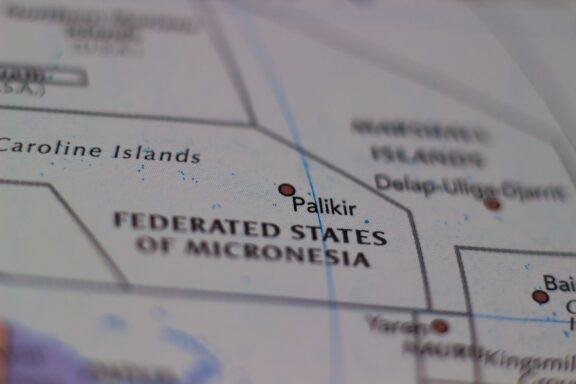
Palikir is positioned in the northwestern part of Pohnpei Island. Pohnpei is one of the easternmost islands within the Caroline Islands chain, a vast archipelago stretching across the western Pacific.
Palikir’s setting is marked by rolling hills and a backdrop of higher mountain peaks. Numerous streams and rivers flow in the vicinity, nourishing the rich, fertile soils of the region.
The city’s strategic inland position, shielded by the natural topography, was initially protected against potential sea threats.
History of Palikir
Long before the arrival of European explorers, the region around Palikir was inhabited by indigenous Micronesians. These communities had intricately woven socio-political structures which governed their way of life. Agriculture, primarily taro cultivation and fishing, was the mainstay of their economy.
The legacy of this period is still evident in the form of ancient stone ruins, terraces, and artifacts that can be found in and around Palikir. These remnants are a testament to a sophisticated pre-colonial culture with an intimate relationship with its environment.
Although Álvaro de Saavedra was the first European to sight Pohnpei Island in the early 1520s, European influence remained limited for centuries.
It wasn’t until the late 19th century that Palikir began to feel the tangible impact of European colonial ambitions. Spain staked its claim on the island, establishing a brief but significant presence.
The architectural and cultural imprints of the Spanish era can still be observed in some parts of Palikir. However, the turn of the century saw a change in colonial hands.
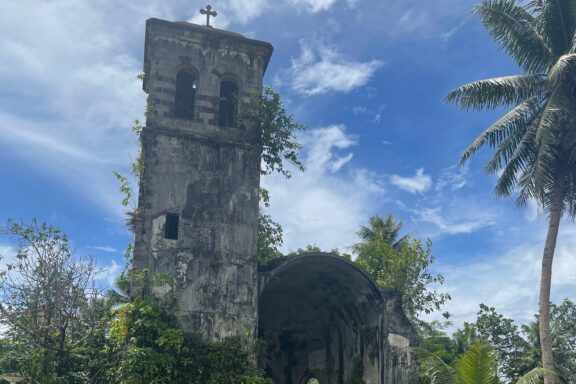
Following the Spanish-American War, in a move to consolidate its Pacific territories, Spain sold the Caroline Islands, including Pohnpei, to Germany in 1899.
Under the German administration, Palikir underwent infrastructural developments. The Germans introduced new agricultural practices and commodities, like copra production, which left an indelible mark on the island’s economy.
However, German control was relatively short-lived. After World War I, the League of Nations mandated the island and other parts of Micronesia to Japan.
The subsequent Japanese era saw an increased emphasis on infrastructure and military fortifications. Palikir’s landscape was transformed with new roads, airstrips, and harbors. The Japanese period was pivotal in shaping the modern contours of Palikir as it evolved into a strategic point in the Pacific.
Features of Palikir
Palikir is a captivating blend of natural beauty and historical richness. As you venture into this city, the first thing that might strike you is its verdant surroundings.
The dense tropical forests and mountainous terrains that envelop Palikir serve as a serene backdrop, contrasting the hustle and bustle of its urban spaces.
Geography and Climate
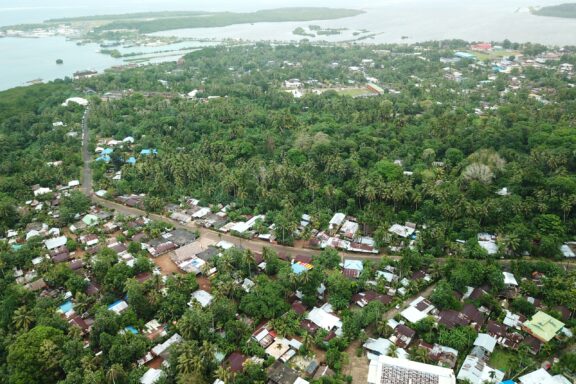
An undulating landscape of rolling hills, verdant valleys, and freshwater streams surrounds Palikir. The city’s position inland provides a unique geographical setting, distinct from the coastal regions of Pohnpei. This diverse topography results in an array of microclimates within proximity.
The city experiences a tropical rainforest climate, typified by consistently high temperatures and humidity levels throughout the year. Rainfall is abundant, with no real dry season, ensuring the region remains lush and fertile year-round.
Population
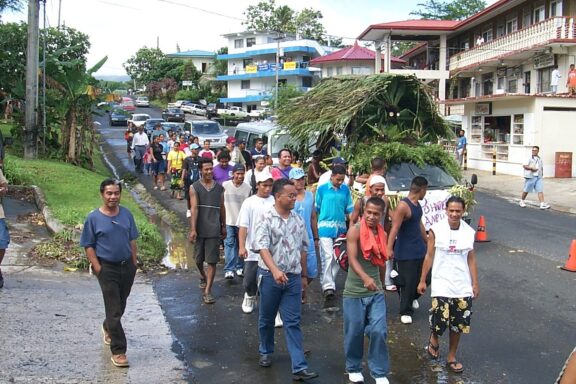
Though not the largest city in terms of population in Pohnpei, Palikir plays a pivotal role as the nation’s capital. The city’s residents are primarily Micronesians, with a blend of indigenous Pohnpeians and other ethnic groups from neighboring islands.
English is the official language of the FSM and is widely spoken in Palikir, although Pohnpeian and other local languages are prevalent in daily conversations. The population is mainly Christian, with traditional beliefs still significant in the cultural fabric.
Palikir boasts a tight-knit community where traditions are revered, and communal activities, from church gatherings to local festivals, play a central role in fostering bonds among its inhabitants.
Economy
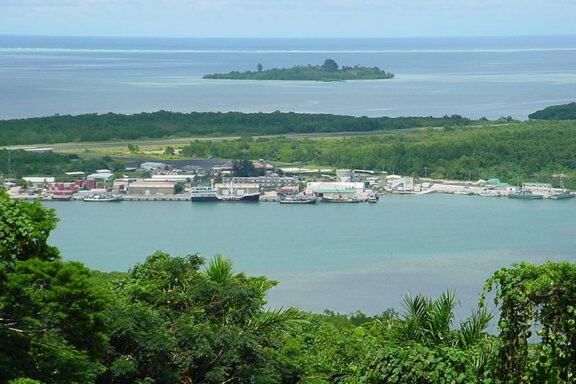
As the administrative heart of the Federated States of Micronesia, government-related activities are a significant contributor to Palikir’s economy. This includes employment in various government departments, agencies, and services.
Beyond the realm of administration, agriculture remains a vital sector. The fertile soils around the city support cultivating crops like taro, yams, bananas, and tropical fruits. Though more predominant in the coastal areas, fishing also has economic implications for the city’s populace.
Furthermore, as the capital city, Palikir has seen growth in the service sector, particularly in tourism, retail, and hospitality. While the city isn’t an industrial hub, its strategic significance ensures steady economic activity and growth potential.
Things to Do and Places to See in Palikir
Palikir may not offer many attractions, but it is an excellent base point for discovering the rest of the island. Here are some of the top activities you can explore while in Palikir.
1. Visit Nan Madol

Nan Madol is often called the “Eighth Wonder of the World,” a hidden gem off the southeastern coast of Pohnpei. The site fascinates archaeologists and travelers, uniquely fusing history, mystery, and natural beauty.
For those interested in the unexplained and the awe-inspiring, Nan Madol provides an unparalleled experience. Guided tours often delve into the folklore and theories surrounding the ruins.
The destination is also an excellent spot for photography, capturing these ancient structures’ sheer magnitude and intricacy.
2. Hike Sokehs Ridge
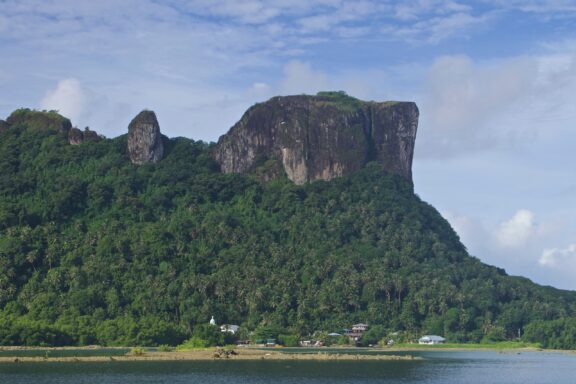
Sokehs Ridge offers both an adrenaline-pumping hike and a lesson in Micronesian history. Aside from the breathtaking views, Sokehs Ridge allows tourists to engage in outdoor activities like hiking and bird-watching. It’s a well-rounded experience offering physical challenges and enriching cultural insights.
The trail leading up to Sokehs Ridge is filled with varying flora, punctuated by occasional historical markers detailing events of significance, like local uprisings against colonial rule.
Once at the top, visitors are greeted by a fortified area that once served as a critical defensive point.
3. Take a Trip to Ant Atoll
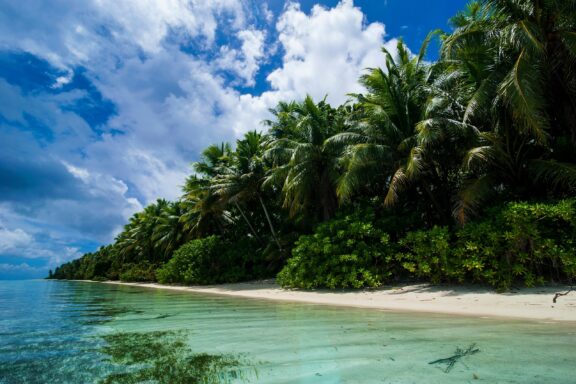
Ant Atoll is a secluded paradise about 45 minutes by boat from Pohnpei. Known for its immaculate beaches and azure waters, it’s an idyllic location for anyone looking to experience Micronesia’s natural splendor.
Ant Atoll has something for everyone, whether you’re an experienced diver or enjoy lounging on pristine beaches. The coral reefs are perfect for snorkeling, and the waters are often calm, offering excellent conditions for kayaking.
4. Explore Kepirohi Waterfall
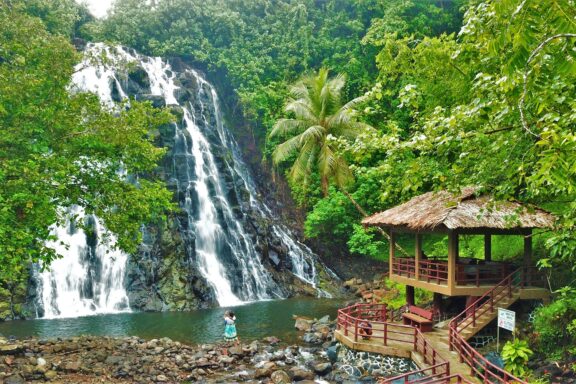
Kepirohi Waterfall is one of Pohnpei’s most iconic natural landmarks, tucked away in lush forestland. Its accessibility and beauty make it a must-visit spot for tourists exploring the island’s natural wonders.
Besides sighting this natural marvel, visitors can engage in activities like swimming and cliff diving. The waterfall is also a popular spot for picnics, allowing you to immerse yourself in Pohnpei’s natural environment for an extended period.
5. WWII Japanese Tanks in Kolonia
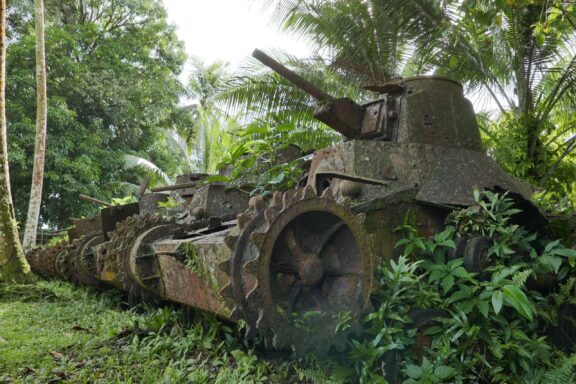
The World War II Japanese Tanks in Kolonia offer a different, more somber kind of tourist attraction. They are an open-air museum, reminding visitors of a conflict that engulfed the Pacific region.
This attraction is particularly compelling for history buffs and military enthusiasts. It provides an opportunity for guided tours to delve deep into the strategies employed during WWII and the broader historical context.
6. Go Scuba Diving
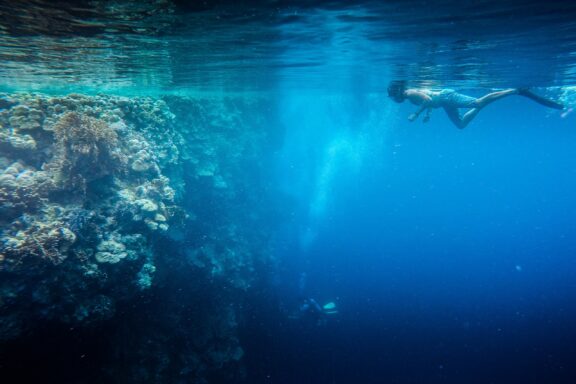
Pohnpei’s coral reefs showcase biodiversity, making scuba diving tours a top draw for visitors. The island’s underwater world provides a unique, mesmerizing experience quite unlike any other.
These tours take divers through a labyrinth of coral gardens featuring diverse marine life, such as colorful fish, sea turtles, and even sharks. Guided by experienced instructors, divers explore underwater caverns, swim through arches, and visit sunken artifacts.
7. Six Waterfalls Hike
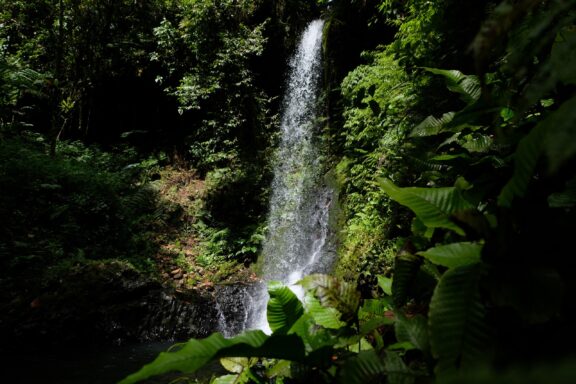
The Six Waterfalls Hike is an exhilarating journey through some of Pohnpei’s most breathtaking landscapes. This trek is designed for those who want to immerse themselves in the island’s varied ecosystems.
This hike is a full-day excursion that offers more than just a physical challenge. It’s a journey through various microclimates, each with its flora and fauna.
The chance to swim under six different waterfalls in a single day makes this an unparalleled attraction for nature lovers and thrill-seekers alike.
Frequently Asked Questions
Are there any safety concerns in Palikir?
Overall, travelers should feel safe while exploring the islands. Risks include petty crimes like pickpocketing and theft and road accidents. Women are particularly advised to exercise caution when traveling.
What currency is used in Palikir, and where can I exchange money?
The US dollar (USD) is the official currency. Money can be exchanged at banks, certain hotels, and exchange bureaus in the city.
How can I get to Palikir from the main airport?
Palikir is accessible by road from the Pohnpei International Airport. You can take a taxi, rent a car, or use local transportation to reach the city.
What kind of food can I expect in Palikir?
The traditional cuisine of Palikir is a fusion of indigenous flavors and influences from various settlers over the centuries.
Rooted in the bountiful produce of the island, the culinary practices have been shaped by the abundant seafood from the Pacific, tropical fruits, and staple crops like taro and yams.
What local delicacies should I try while in Palikir?
Palikir offers a tantalizing array of dishes that reflect its rich cultural heritage. Here are the top 4 must-try local dishes:
• Pohnpeian Taro Soup: A creamy soup made from taro, coconut milk, and often accompanied by chicken or fish.
• Sakau (Kava): A traditional drink made from the pepper plant’s roots, it has cultural and ceremonial significance.
• Grilled Fish: Freshly caught from the Pacific, often seasoned with local spices and perfectly grilled.
• Breadfruit Delicacies: This versatile fruit is used in various dishes, from savory meals to sweet desserts.
Final Thoughts
Palikir, set against Pohnpei’s natural splendor, is more than just a political hub; it’s a gateway to the diverse cultural and historical tapestry of the Federated States of Micronesia.
Its proximity to ancient ruins, lush landscapes, and the inviting waters of the Pacific make it a unique destination.
Combining the comforts of a capital city with the allure of untamed nature, Palikir is undeniably worth a visit for those seeking a blend of history, culture, and natural beauty in the heart of Micronesia.
Image Sources and Copyright Information
- Map of Micronesia Region in Pacific Ocean: © Peter Hermes Furian/Shutterstock
- Close-up of a Map Highlighting Palikir, Federated States of Micronesia: © Zarko Prusac/Shutterstock
- Ruined Bell Tower of an Old Cathedral with Tropical Foliage: © Uhooep/Wikimedia | CC BY-SA 4.0 International
- Aerial View of Pohnpei Island Landscape: © KKKvintage/Shutterstock
- Parade on a Town Street: © Dana Lee Ling/Flickr
- Ancient Stone Ruins by the Water: © Iurii Kazakov/Shutterstock
- Tropical Island with Rocky Peak: © Kerrin Ingwersen/Shutterstock
- Tropical Beachfront with Lush Greenery: © Danita Delimont/Shutterstock
- Tropical Waterfall with Viewing Gazebo: © KKKvintage/Shutterstock
- Abandoned WWII Tanks Overgrown by Nature: © KKKvintage/Shutterstock
- Scuba Diver Exploring Underwater Reef: © Stu Shaw/Shutterstock
- Secluded Waterfall Amidst Lush Greenery: © Adam Constanza/Shutterstock